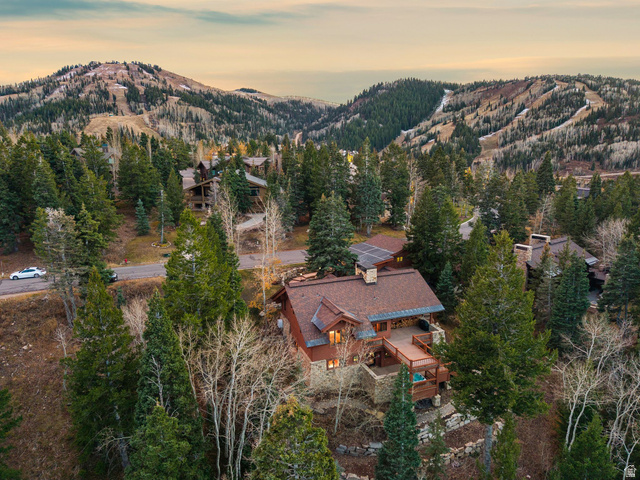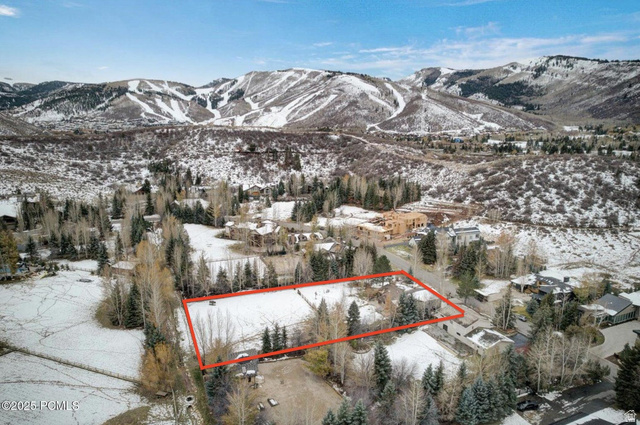How Utah Homeowners Can Turn a Property Into a Successful Rental Without Extra Stress
Kitchen cabinets sit at the center of daily life. They frame the look of the room, control how much you can store, and quietly take most of the wear and tear from cooking, cleaning, and kids moving through the space. When people plan a kitchen remodel or even a smaller refresh, cabinets quickly become a priority because dated doors, peeling finishes, and awkward storage make the whole room feel tired, even if everything else is in decent shape.
They also represent a serious investment. Industry cost guides estimate that cabinets and their hardware can account for up to 40% of a full kitchen renovation budget, which is why homeowners need to think carefully before they upgrade kitchen cabinets and commit to a new layout or finish. In growing markets like Utah, a kitchen with sturdy, well-planned storage can make a listing stand out and feel move-in ready instead of feeling like an unfinished project.
The real question is whether custom cabinets deliver enough day-to-day usefulness and long-term value to justify the higher price, or if a simpler solution will do the job just as well.
What “Custom” Means in Kitchen Cabinetry
Stock, semi-custom, and fully custom cabinets fall into the same broad category, but they are built in very different ways.
Stock cabinets come in fixed sizes, as well as a limited set of finishes. Manufacturers produce them in large batches, which keeps prices low and lead times short. They work well in simple layouts, but they often leave gaps or awkward transitions in kitchens with unusual dimensions.
Semi-custom cabinets offer more flexibility. They start with a stock framework but allow changes such as deeper boxes, different door styles, or upgraded finishes. This option solves many layout issues without the cost of a fully tailored product. Homeowners often choose semi-custom cabinets when they want a better fit and a wider range of design choices, but do not need every detail built from scratch.
Custom kitchen cabinetry is different because everything is made to order. The builder sizes each box to fit the exact measurements of the room. They select materials based on the homeowner’s preferences, whether that means solid hardwood, plywood interiors, or specialty veneers. The construction process usually includes stronger joinery and hand finishing, which leads to a more refined final product. This level of detail also allows the design to match the way the kitchen is used. For example, tall pullouts, oversized drawers, and built-in organizers can be placed exactly where they are most helpful.
In short, the term “custom” refers to more than appearance. It reflects the level of control you have over sizing, materials, and craftsmanship, and it determines how closely the cabinets will match the needs of the space.
Benefits of Custom Cabinets
Custom cabinets improve how a kitchen functions because they are made to fit the room instead of forcing the layout to work around fixed sizes. This creates usable storage in places where standard cabinets often leave gaps.
They also last longer. Many custom builders rely on solid wood frames, plywood boxes, and stronger hardware. These materials stay stable with daily use and help the kitchen hold its shape over time.
Design flexibility is another advantage. Thoughtful kitchen cabinetry design lets you place drawers, shelves, and organizers where they make the most sense. This has become more important as modern kitchens handle larger appliances and a wider range of tools.
The benefits come down to a few practical points:
-
More efficient use of the full room
-
Durable construction that holds up to daily wear
-
Features tailored to your routines
-
Storage sized for modern cookware and appliances
Improvements like these can support long-term value, which matters to anyone thinking about Utah real estate or preparing a home for future resale. A kitchen that functions well often makes a stronger impression than one that only looks updated, and this is one reason custom cabinets continue to be part of many kitchen remodeling plans.
When Do Custom Cabinets Make the Most Sense?
Custom cabinets are the right choice when the kitchen needs more than a simple update. They solve layout issues, improve durability, and give homeowners more control over how the room works. Several situations make custom work especially practical.
1. Older Homes With Inefficient Layouts
Many older kitchens were built around appliances, routines, or construction standards that no longer fit modern use. Corners may be tight, walls may be uneven, and storage may be limited. Custom cabinets correct these issues because every piece is built to match the true dimensions of the room.
2. Kitchens With Unusual Dimensions
Some kitchens have tall ceilings, angled walls, or long, narrow shapes that waste space when fitted with preset cabinet sizes. Custom builders can extend cabinets to the ceiling, adjust depths, or create pieces for irregular areas. This helps the kitchen work better and look more intentional.
3. Homeowners Planning a Long-Term Stay
People who expect to remain in their home for many years often want cabinets that can withstand constant use. New cabinetry built with thicker materials and stronger joinery performs better over time. Homeowners in this position often choose to upgrade their kitchen cabinets so the layout, strength, and finish match their day-to-day needs.
4. Premium Finishes and Specialized Storage
Some kitchens need features that standard lines cannot provide. This can include deeper drawers for heavy cookware, custom organizers for baking tools, or finishes that match existing woodwork. Custom work makes it possible to add these details without compromising the rest of the design.
5. Accessibility or Lifestyle Needs
Custom sizing is also helpful when the kitchen must support specific physical needs or habits. Lower heights, wider openings, and easier reach zones can be built directly into the plan. Households that cook often or entertain frequently may also want serving areas or beverage storage suited to their routines.
Cost Considerations and Budget Planning
The price difference between cabinet types can be wide, so it helps to understand the basic ranges before planning a remodel. Stock cabinets generally fall between $100 and $400 per linear foot installed, while fully custom work often ranges from $500 to $1,200 or more per linear foot. Costs rise as materials improve and design details become more complex.
A full custom project for an average-sized kitchen usually falls between $15,000 and $30,000, although prices change with size, finish level, and layout.
Key Factors That Shape the Cost
-
Materials. Solid wood frames, premium veneers, and higher-quality interior boxes raise the price. More affordable materials like MDF or basic plywood keep the cost lower.
-
Hardware and accessories. Soft-close hinges, deep drawers, specialty pullouts, organizers, and upgraded finishes add to the overall total.
-
Labor and installation. Custom cabinets require skilled labor and careful fitting, which influences both the timeline and the final price.
-
Kitchen size and layout. Larger rooms, multiple corners, tall cabinets, and complex designs add more time and material.
-
Regional costs. Labor and material prices vary by region. Areas with strong construction activity, including parts of Utah, may see higher pricing due to demand.
Budgeting Advice for Homeowners
Clear planning helps keep the project predictable. Think about how much of your dream home budget you want to put toward cabinets, then compare stock, semi-custom, and custom options. It also helps to review quotes that separate materials, hardware, and installation, so you can adjust each part based on your priority. A detailed estimate reduces surprises and makes it easier to choose the option that fits your goals.
How Custom Cabinets Affect Home Resale Appeal
Custom cabinets can add to a home’s resale appeal because buyers notice when a kitchen works well on a basic, functional level. They look at how the cabinets open, how the storage is arranged, and whether they can move through the space without awkward pauses or workarounds. When the kitchen operates smoothly, buyers tend to evaluate the rest of the home more confidently.
Cabinet quality also shapes how buyers judge the home’s overall condition. Solid construction, clean lines, and a layout that fits the room show that the space has been maintained with care. In competitive markets, these details help a listing stand out because buyers remember kitchens that operate cleanly instead of ones that require adjustments.
In fast-growing parts of Utah, many households cook often and depend on kitchens that can keep up with steady use. When the layout supports that rhythm without effort, buyers are more likely to see the home as a good fit. Custom cabinets contribute to that impression by helping the kitchen function in a reliable way.
When Custom Is Truly Worth the Investment
Custom cabinets make the most sense when the kitchen needs a layout that standard sizes cannot solve, when long-term durability is a priority, or when the room calls for storage features that are not available off the shelf. These situations justify the added cost because the cabinets improve how the kitchen works and hold up well over time.
However, custom cabinets are not the only viable solution, and many projects do fine with stock or semi-custom options. A simple layout, a tight budget, or a shorter stay in the home can make those choices more practical. The goal is to match the level of customization to what the space actually needs.
Before deciding, it helps to look at how you use the kitchen, how long you plan to live in the home, and how much of the project budget should go toward cabinetry. A clear understanding of these points makes it easier to choose whether custom work is a smart investment or if a more basic approach will serve you just as well.









